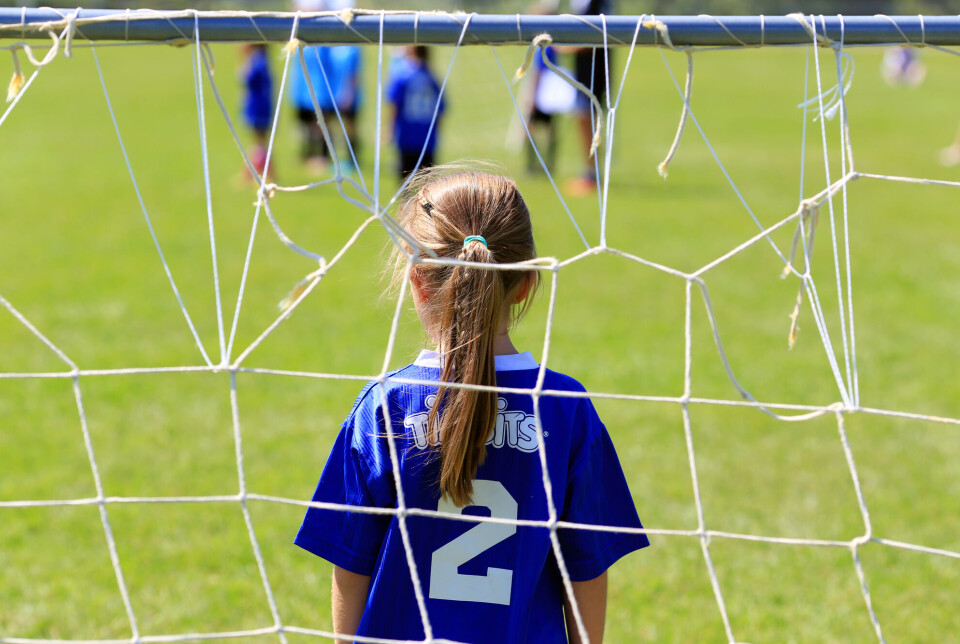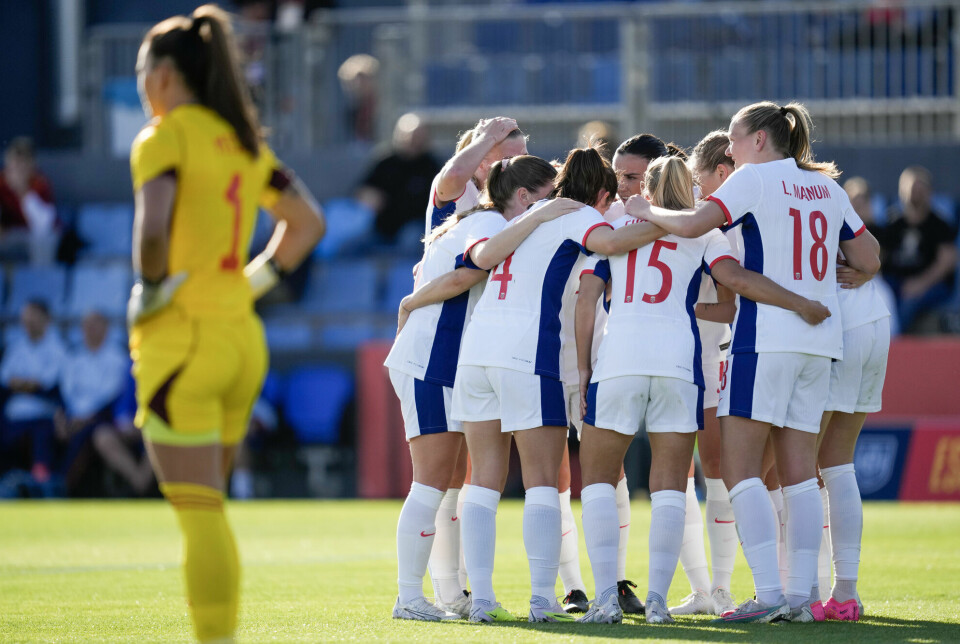
No reason to divide into boys' and girls' teams, says researcher
Why do we create separate teams for boys and girls?
Three out of four children in Norway participate in organized sports, according to Statistics Norway.
But have you thought about why we divide boys and girls into separate teams?
Researcher Marlene Persson believes there is no reason to do that.
Before puberty, girls and boys are almost exactly the same physically.
Old habits are hard to break
"Creating boys’ and girls’ teams in children's sports is probably rooted in the idea that boys and girls are so different that they need to be separated. It's strange that we start doing that so young, because there are no physical differences yet,” says Persson.
Persson is a researcher at NOVA (Section for Youth Research) at OsloMet and is particularly interested in why young girls drop out of sports more than boys do.

“Separating men and women for reasons of fairness at the elite sport level has been a priority. But I think that if more mixed offerings existed in children's sports, gender discrimination later on would be more difficult, because everyone would get started in a similar way.”
Few female leaders
“No other arenas in society are as divided by gender as sports,” says Hanne Elisabeth Sogn.
Sogn is a researcher for the Research Centre for Child and Youth Sport at the Norwegian School of Sport Sciences. She has been particularly interested in understanding why Norway has so few female sports leaders.
Sogn wonders if early gender differences in children's sports lead to the bigger inequalities that we see later on in sports careers among athletes, coaches and managers.
“The differences in managers are huge, and up to 70 per cent of sports managers are men.”
Sogn suggests that children's sports might be a place to start in reducing gender differences in sports more generally. “In any case, people engaged in sports leadership roles should ask themselves questions related to the current practices. Why are they doing what they do?”

“It’s important to ask these questions. Not all girls are the same, just like not all boys are the same. It’s important to understand that,” Sogn says.
More boys want to go pro
Looking at what happens when teams are divided by gender, the researchers note that the girls' teams often have worse training conditions.
For example, the girls' teams may be assigned less favourable training times than the boys, or their coaches are not as good.
The inequalities in elite sports are also significant.
“Men earn much more than women in most sports, and women often have to take a job on the side in order to make a living from professional sports. This is particularly evident in football. A male player can potentially make a professional living playing, even in the 2nd division,” says Persson.
According to a Norwegian NOVA report (in Norwegian) from 2019, the main motivation behind doing sports is mostly that it's fun and social.
But when it comes to athletes who want to really excel and become professionals, there are clear differences between boys and girls.
More boys than girls want to focus on sports
According to the NOVA report, almost no girls said they would pursue sports. They would rather master their sport.
“Girls tend to be more interested in the social and fun side of sports, while the boys are more concerned with pursuing their sport and regard it as a possible career path. That’s related to the earning differential in sports between men and women,” says Persson.
“A lot of football media coverage is about boys and men. Research shows that only two per cent of all media coverage of football is about women, and the rest is about men. So the sport is not as visible for girls.”
“Girls don’t have equal resources in sports, either as children or as professionals, and this impacts their motivation to pursue sports,” Persson says.

Norwegian Football Association says they are focusing on girls and women
“The Norwegian Football Association has had girls and women as a special focus area for eight years. We want to see girls have the same opportunities as boys in football. They should have a good place to engage in activities and the same opportunities to pursue the sport if they want to,” says Ane Eide Kjærås, a professional manager in the Norwegian Football Association.
In particular, she has focused on the topic of girls and women in recreational football.
“Football is the most popular sport for girls, even surpassing handball in popularity a few years ago,” she says.
“Mixed teams could be an exciting idea, and in a lot of smaller places in Norway girls and boys have to play together to have enough players to form field teams. However, sports are divided by gender and have been for a long time. It could well be that mixed teams would have led to more equal opportunities in football in the long term, but equality is affected by a lot more than just football.”
“What we’re afraid of is that we’ll lose quite a few girls if we start exclusively doing mixed teams. Our figures show that the number of girls playing football has increased since we introduced all-girl teams from the start,” says Kjærås.

“But we want to encourage all clubs and teams to run joint training sessions with the girls' and boys' teams to create unity across the gender division.”
Kjærås thinks boys pursue sports more than girls because, the football dream is much more invisible for girls. “Visibility in the media and on social media, and the opportunities to become a pro haven’t been particularly good for girls.”
“But I think it’s important to mention that today, historically speaking, the opportunity to follow the football dream as a girl has never been better,” Kjærås says.
———
Read the Norwegian version of this article at forskning.no


































